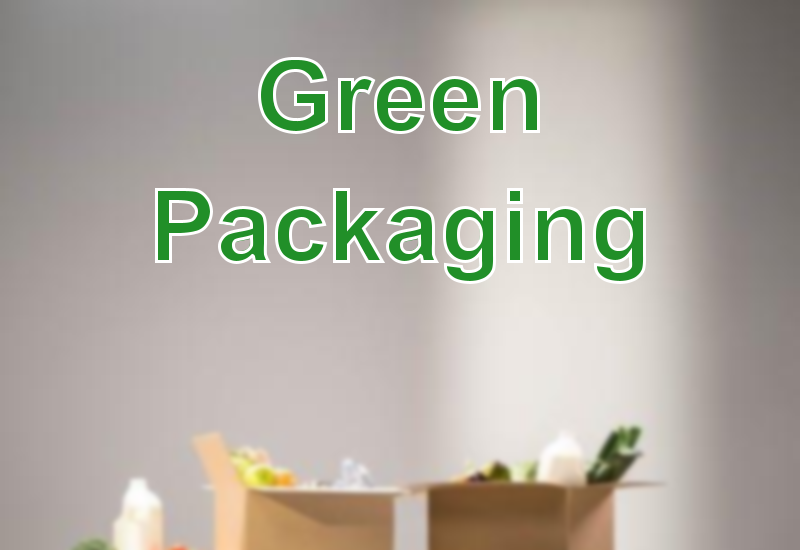Green Packaging: FAQs About The Impact Of Packaging

Contents
Earth Day – Gaylord Nelson created this day to raise awareness among the population about the conservation of biodiversity, overpopulation, the production of pollution, and other environmental problems that the Earth faces. We have a firm commitment to protecting the environment, so today we will answer your frequently asked questions about the impact of packaging on the environment. We will deal with topics such as recycling and ecological packaging:
But first of all, we must remember that to protect nature in the best possible way, we must follow the rule of the 3 Rs, in this order:
What Is Recycling?
Recycling is a procedure for treating industrial and household waste that allows the materials that make it up to be reintroduced into the cycle of a product.
It has 2 main ecological consequences:
How Is It Recycled?
Recycling Paper And Cardboard
The recycling of paper and cardboard is, in general, more advantageous than incineration. Paper fiber can be recycled up to 10 times. Then the fibers become too brittle.
Wood Recycling
Wood is recyclable par excellence. For example, wooden pallets can be repaired or turned into chips to later make panels, garden sawdust, or be used as fuel.
Plastic Recycling
Recyclable plastics are polypropylene (PP), polyester (PET), and high-density polyethylene (HDPE). Each ton of recycled plastic saves 700 to 800kg of crude oil.
Steel Recycling
This material is found in the manufacture of objects that we use daily (packaging, automotive, electrical appliances, furniture).
For one recycled ton of steel, one ton of iron ore is saved. Aluminum is easily and indefinitely recycled: recycling aluminum saves natural resources. 70 to 80% of aluminum products are recycled.
Differences Between Ecological, Eco-responsible, Recycled, Biodegradable, And Compostable
What Is An Ecological Or Eco-responsible Product?
Ecology is a branch of biology that studies the relationship between living beings and their environment, therefore, an ecological or eco-responsible product is one whose production, procurement, and use do not affect the environment, that is, it does not contaminate it.
Applied to packaging, every standard product has an ecological version, here is an example: Avoid buying many types of boxes and protection, you can use a Variabox box that adapts to the product inside. Avoid plastics like bubble wrap or tape with their paper version.
Within the ecological products we have: Recycled, recyclable, biodegradable, and compostable products, you have their definitions below.
What Is A Recycled Or Recyclable Product?
It is not the same that a product is recycled or recyclable, both are considered ecological products because they help preserve the environment, recycled or recyclable products do not have a life of one use, but there are differences between them, we explain them to you:
What Is A Biodegradable Product?
These are products that are broken down by the natural biological process (thanks to the action of microorganisms).
An example of a biodegradable product is biodegradable bags, they are made with cereal starch and are as resistant as a standard bag!
It offers flexibility, impermeability, and resistance due to its molecular structure.
What Is A Compostable Product?
Composting avoids costly and polluting incineration, and promotes the recycling of our waste. A compostable product is the best for the environment because when it breaks down it turns into organic fertilizer.
An example of a compostable product is Renature packaging chips. Made with corn starch.
Why Use Ecological Packaging?
Because they contribute to the reduction of waste, they give the material a second life and, therefore, limit the use of virgin raw materials.
Does Paper Consumption Destroy Forests?
NO! The paper industry uses only derived products (based on wood chips and waste) or uses trees from sustainably managed forests.
Contrary to popular belief, the area covered by forests in Europe has increased by 25% in recent years.
Recycling Symbols
Knowing how to detect ecological packaging is possible through its labeling. In this way, through its symbols, we can detect if a product is recyclable, what content of recycled material it contains, or the origin of its raw materials.
ABOUT ecoGnome
Leading a sustainable lifestyle means wholeheartedly embracing respect for the environment and making a positive impact for people and the planet.
Click to read on